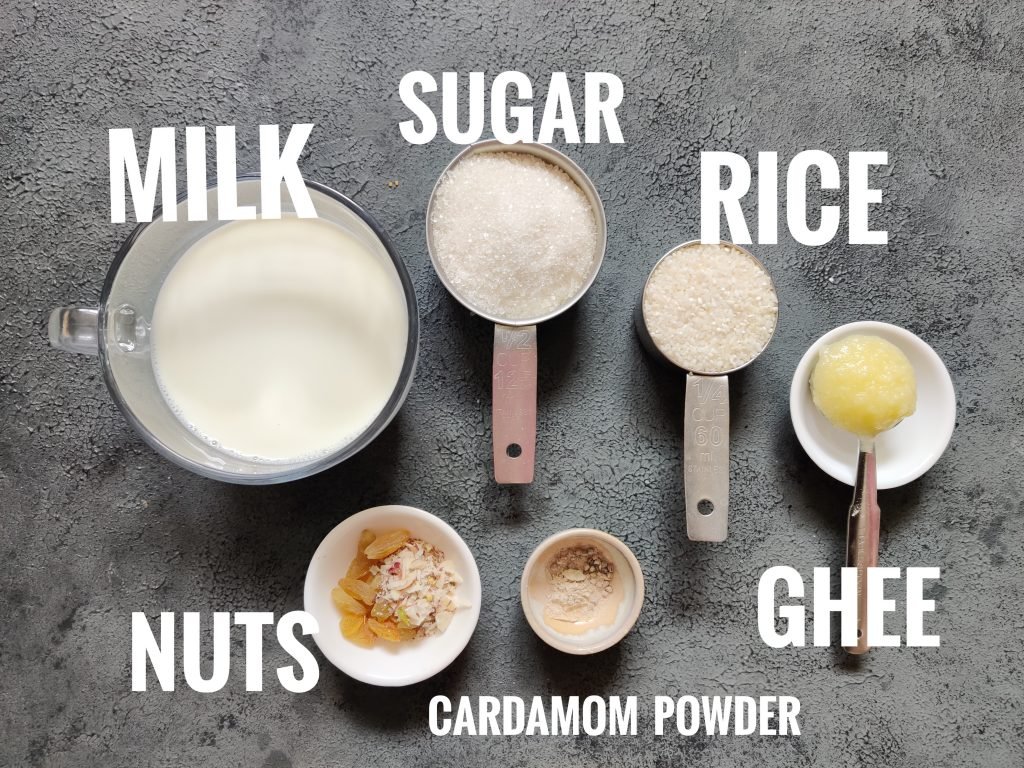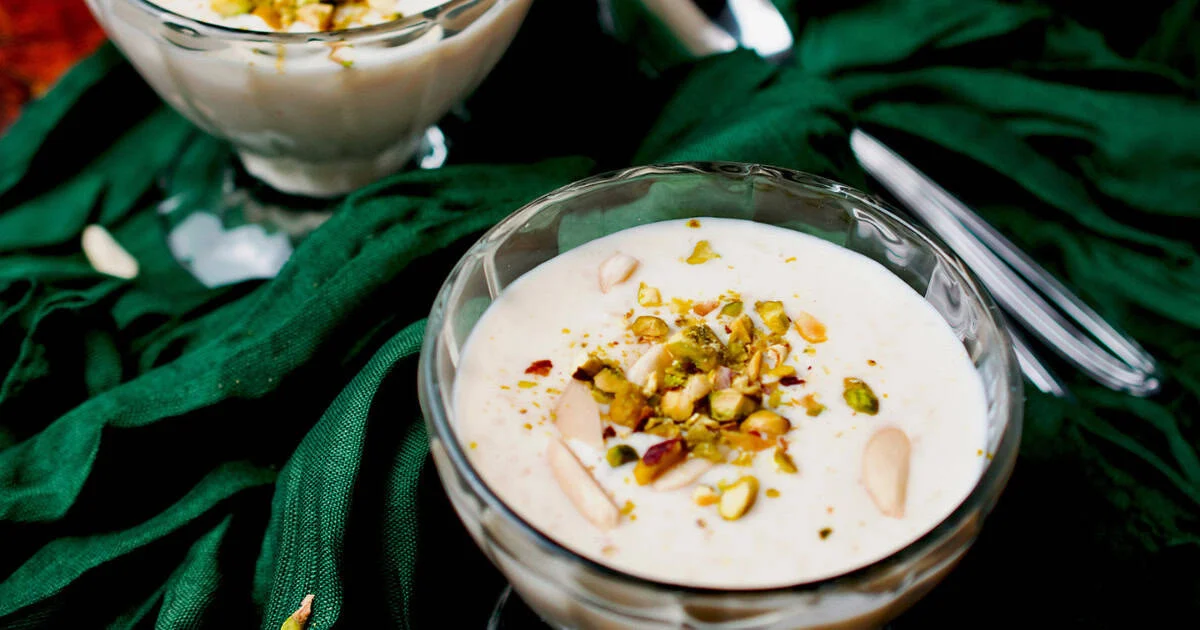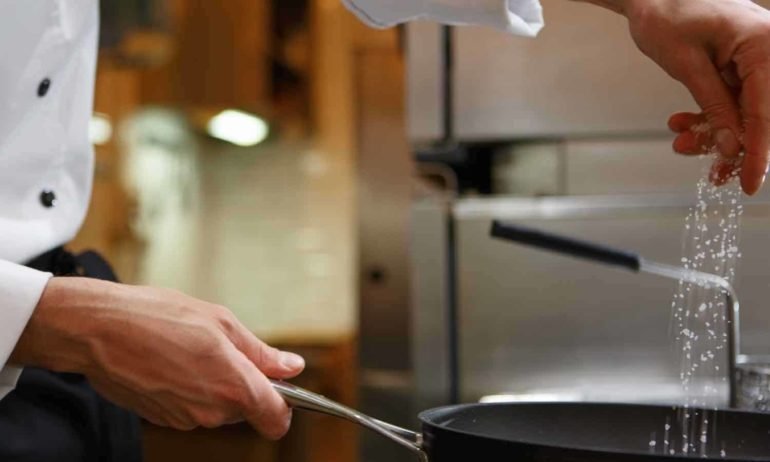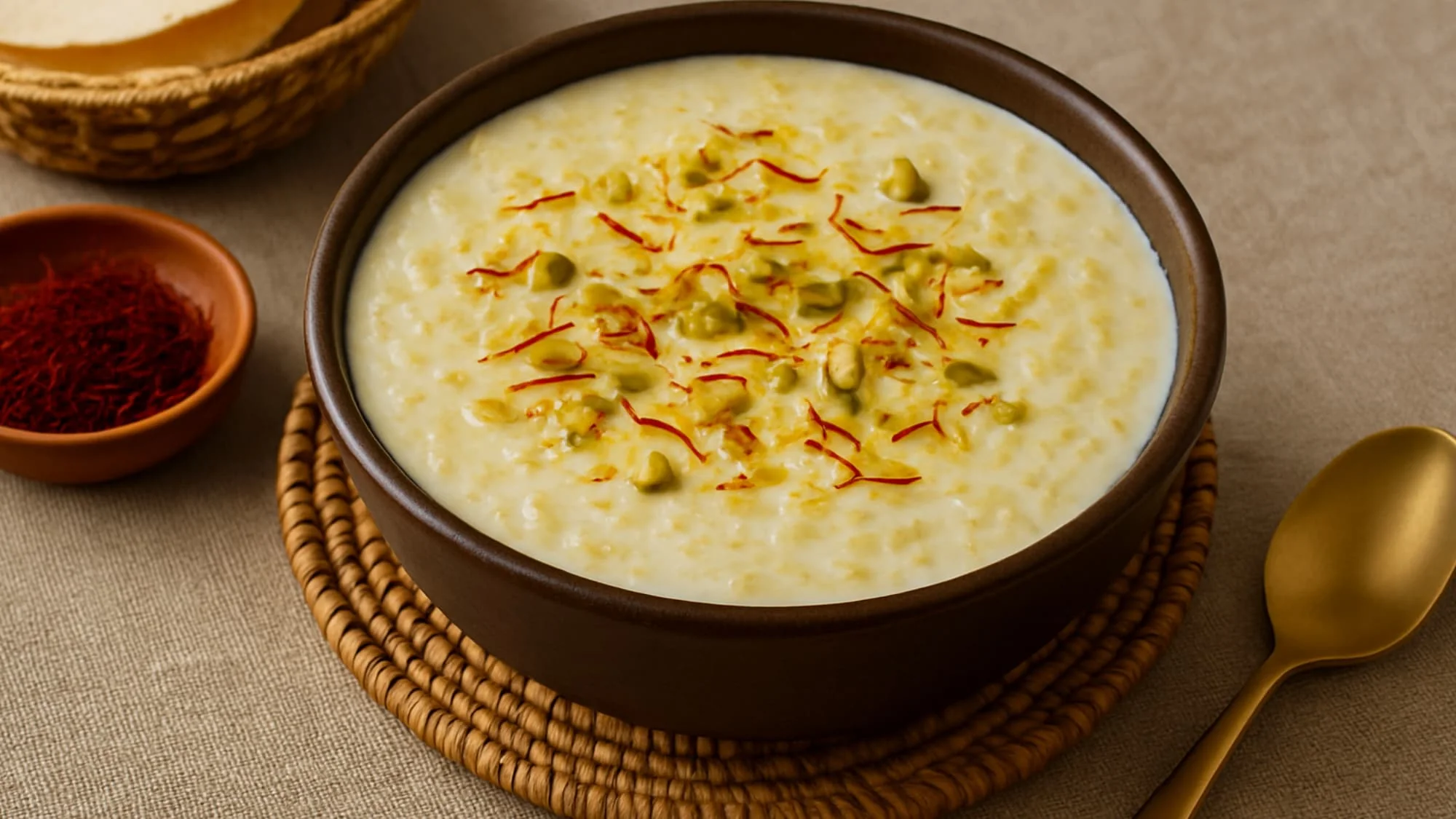When it comes to classic Indian desserts, few dishes capture the heart like kheer. Creamy, aromatic, and deeply comforting, it has been part of Indian households for centuries — a symbol of love, celebration, and divine indulgence. At Shalimar Phuket, we recreate this timeless dessert with the same passion and authenticity that make it a favorite across India, giving diners in Phuket a true taste of home.
The origins of kheer trace back more than 2,000 years to ancient India. Often served as an offering to deities during religious rituals, it symbolizes prosperity and gratitude. The word “kheer” itself is derived from the Sanskrit word kshira, meaning milk — the key ingredient that forms the heart of this luscious dessert.
Over centuries, it evolved in different regions of India, adopting unique flavors and ingredients. From the temple kitchens of South India to the royal feasts of the Mughal era, this dish remained a beloved dessert that united all classes and communities.
At Shalimar Phuket, we carry on this beautiful tradition, blending premium ingredients and delicate spices to prepare a bowl of kheer that feels like pure comfort with every spoonful.
Ingredients That Make This Sweet Dish Special

The beauty of this dish lies in its simplicity. It’s made with just a few humble ingredients — milk, rice, and sugar — yet the slow cooking process transforms these basics into a rich, creamy dessert. Here’s what makes it so special:
- Full-fat milk: Provides the velvety base and enhances the flavor.
- Rice or vermicelli: The most common base, though some regions use sabudana (tapioca pearls) or lentils.
- Sugar or jaggery: Adds sweetness and depth.
- Cardamom: Infuses the dessert with its distinctive, soothing aroma.
- Saffron and nuts: Offer color, texture, and a touch of luxury.
We prepare kheer fresh every day, balancing sweetness and creaminess to perfection — much like the homemade versions that generations of Indians have grown up savoring.
Regional Variations

India’s diversity gives rise to countless versions of this dessert. While the core remains the same, each region adds its own twist, making kheer a reflection of local ingredients and traditions.
- Rice Kheer (Chawal ki Kheer): The classic version made with rice and milk, slow-cooked until thick and creamy.
- Sabudana Kheer: Popular during fasting periods, made with tapioca pearls for a lighter texture.
- Kaddu ki Kheer: A North Indian specialty made using grated pumpkin simmered in milk — mildly sweet, fragrant, and nutritious.
- Kheer Kadam: A Bengali sweet dish that combines rasgulla with a coating of thickened milk solids, symbolizing the creativity of Indian confectionery.
- Vermicelli Kheer (Seviyan): Often made during Eid and other celebrations, this version uses roasted vermicelli instead of rice.
At Shalimar Phuket, we offer several of these variations upon request, ensuring every guest experiences their favorite just the way they like it.
It holds deep religious and cultural significance in India. In temples, it’s offered as prasad (holy food) to devotees, believed to bless them with good fortune. The famous Kheer Bhawani temple in Jammu and Kashmir is even named after this sacred dish.
During festivals like Diwali, Eid, and Janmashtami, no celebration feels complete without a bowl of kheer — symbolizing sweetness, unity, and divine joy. At Shalimar Phuket, we keep this essence alive by preparing authentic festive kheer, so even far from home, our guests can celebrate with a familiar taste of India.
How to Make Traditional Kheer

Ingredients:
- 1 liter full-fat milk
- ¼ cup basmati rice
- 4–5 tbsp sugar (adjust to taste)
- 3–4 cardamom pods, crushed
- A pinch of saffron (optional)
- Chopped almonds, cashews, and pistachios for garnish
Method:
- Rinse the rice and soak for 20–30 minutes.
- Boil the milk in a heavy-bottomed pan.
- Add the rice and cook on low heat, stirring frequently to prevent burning.
- Once the rice softens, add sugar and cardamom.
- Continue to simmer until the kheer thickens to your liking.
- Garnish with nuts and saffron before serving, either warm or chilled.
This method has remained unchanged for generations — a true example of how simple ingredients can create unforgettable flavors.
Kheer at Shalimar Phuket

At Shalimar Phuket, our chefs follow authentic Indian recipes while incorporating locally sourced ingredients from Thailand. The result is a creamy, aromatic that delights both Indian guests seeking nostalgia and international visitors exploring Indian cuisine for the first time.
Guests can enjoy our traditional rice kheer after a hearty Indian meal or try our festive variations during special events. Each spoonful embodies the warmth of Indian hospitality and the tropical freshness of Phuket.
FAQs About Kheer
1. How to make kheer?
Cook rice slowly in milk with sugar and cardamom until thick and creamy, then garnish with nuts and saffron.
2. How to make sabudana kheer?
Sabudana kheer is made by boiling soaked tapioca pearls in milk, adding sugar, cardamom, and garnishing with dry fruits. It’s often enjoyed during fasting.
3. How to make kheer with rice?
Soak rice, cook it in boiling milk until soft, add sugar, cardamom, and simmer until the mixture becomes creamy and rich.

